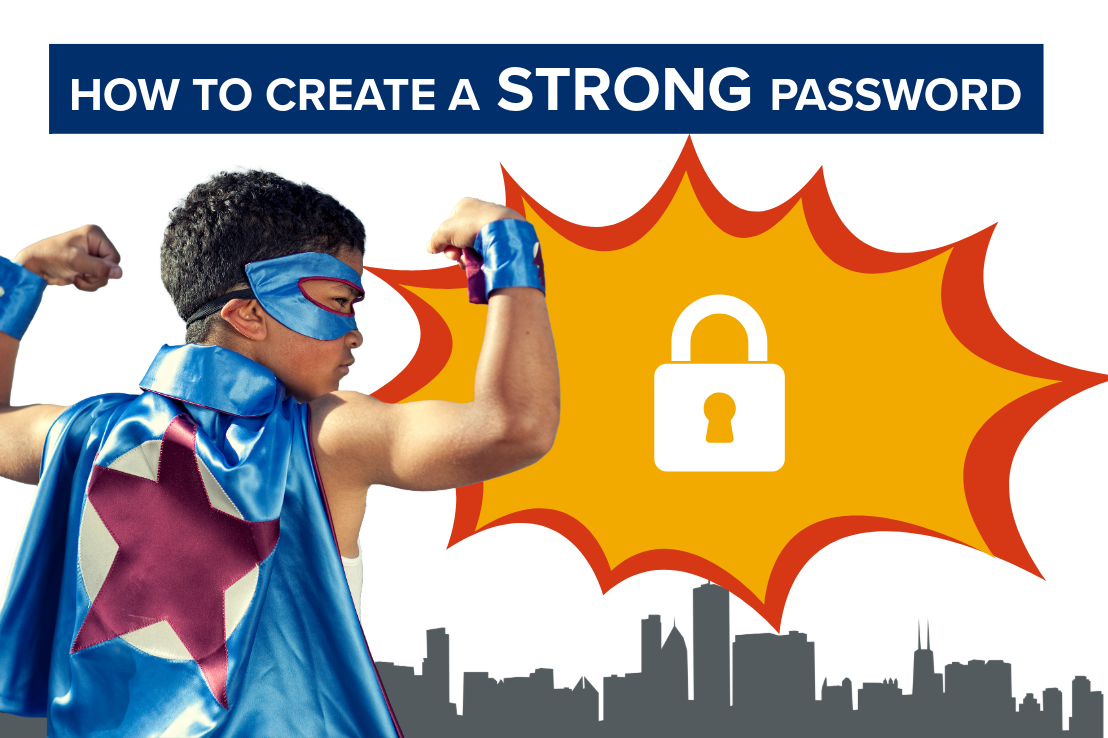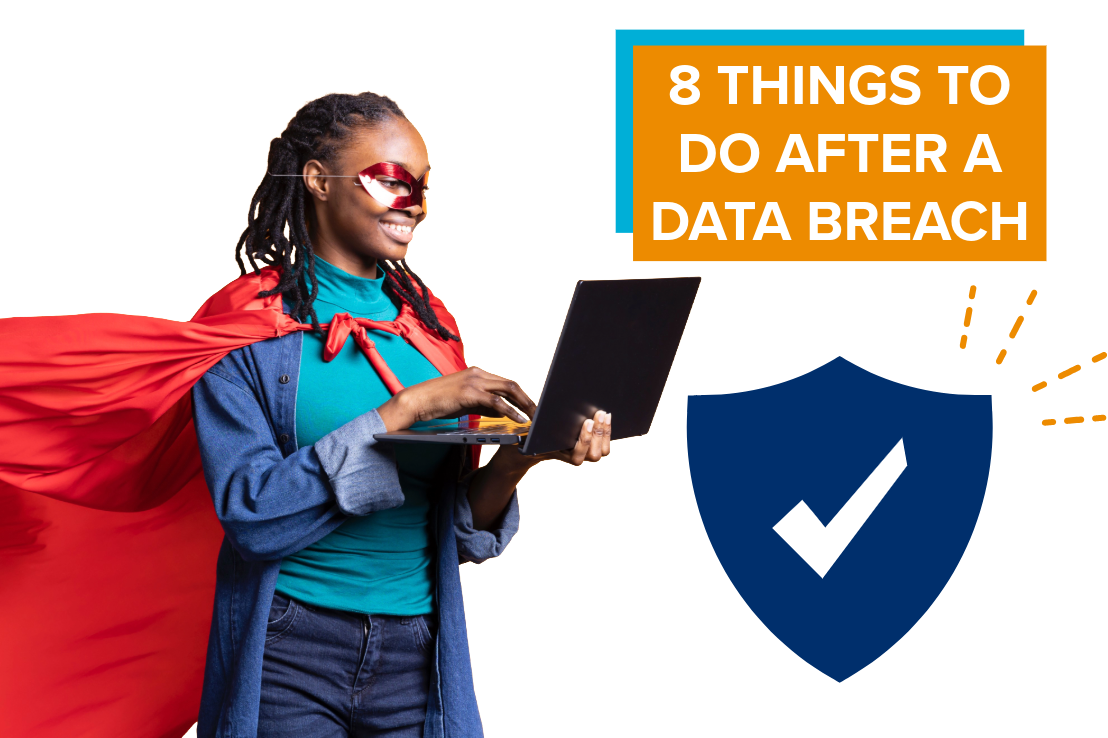Updating your software on a regular basis can help prevent ransomware attacks.
Ransomware attacks are becoming a regular occurrence.
Ransomware attacks are the fastest growing type of cybercrime. These attacks, which can target individuals or businesses, lock computers and networks using file encryption software, with hackers demanding payment by Bitcoin or other non-traceable crypto-currency to release the data. The attack typically enters through a phishing email and then spreads to other machines on the same network.
What you'll learn:
- What can I do to prevent ransomeware attacks?
- How can I ensure my devices are always kept up to date?
- How can I best secure my data?
BBB suggests the following cyber hygiene defenses:

- Enable automatic updates. On all your devices, turn on automatic updates for your operating system, applications, and security software. This ensures that your devices are always running the latest security patches and fixes that protect against vulnerabilities that ransomware attackers might exploit.
- Don’t click on links from unfamiliar sources. Even if you think you know the sender, be cautious about clicking on email links. When in doubt, delete it. Be especially wary of messages requiring you to act quickly, asking for personal information, or threatening you in any way. Read BBB's tips on how to identify fake communications.
- Keep clean machines and stay up-to-date with software. Prevent infections by updating critical software as soon as patches or new operating system versions are available. This includes mobile and other internet-connected devices. You should also always update your web browser(s) when updates are available.
- Use multi-factor authentication, requiring more than a username and password, to access accounts, especially critical networks, to prevent access through stolen or hacked credentials.
- Conduct regular system backups. Systems can be restored in cases of ransomware, and having a current backup of all data speeds the recovery process.
- Make better passwords. In cases where passwords are still used, require long, strong and unique passwords to better harden accounts against intrusions. Never use the same password for multiple accounts.
- Enable pop-up blockers. Scammers regularly use pop-ups to spread malware. Adjust your browser settings to prevent them from appearing.



